Hooked in Film
Substance Abuse on the Big Screen
John Markert
THE SCARECROW PRESS, INC.
Lanham Toronto Plymouth, UK
2013
Published by Scarecrow Press, Inc.
A wholly owned subsidiary of The Rowman & Littlefield Publishing Group, Inc.
4501 Forbes Boulevard, Suite 200, Lanham, Maryland 20706
www.rowman.com
10 Thornbury Road, Plymouth PL6 7PP, United Kingdom
Copyright 2013 by Scarecrow Press, Inc.
All rights reserved . No part of this book may be reproduced in any form or by any electronic or mechanical means, including information storage and retrieval systems, without written permission from the publisher, except by a reviewer who may quote passages in a review.
British Library Cataloguing in Publication Information Available
Library of Congress Cataloging-in-Publication Data
Markert, John, 1945
Hooked in film : substance abuse on the big screen / John Markert.
pages cm
Includes bibliographical references and index.
ISBN 978-0-8108-9130-2 (cloth : alk. paper) ISBN 978-0-8108-9131-9 (ebook) 1. Drugs in motion pictures. I. Title.
PN1995.9.D78M38 2013
791.43'6561dc23 2013002592
 The paper used in this publication meets the minimum requirements of American National Standard for Information SciencesPermanence of Paper for Printed Library Materials, ANSI/NISO Z39.48-1992. Printed in the United States of America.
The paper used in this publication meets the minimum requirements of American National Standard for Information SciencesPermanence of Paper for Printed Library Materials, ANSI/NISO Z39.48-1992. Printed in the United States of America.
Shelton and Ginny
Introduction
D rug use has always been an issue in society, and societies have always considered certain drugs to be illegal because they pose problems for the user and society. What is considered illegal, however, varies with time and place. At one point a drug may be illegal but later viewed as less of a problem. Marijuana, once the scourge of society, is today considered a less problematic drug, and according to some reputable sources, now has medical utility and has been legalized in many U.S. states for its purported medical applications. A drug embraced for its medical utility at another point in time is viewed as more problematic and laws change to outlaw, or at least restrict, its availability. Cocaine, once widely used in patent medicines and hailed as a cure-all for all types of maladies, is now recognized as causing more problems than it cures.
The mass media in contemporary society is a primary mechanism for informing the public about drugs and the degree to which they pose a social problem. More often than not, news stories depict the horrors of drug use. These stories are often sensationalized to capture the publics attention, and, in exaggerating the scope of the problem to entice readers or viewers, often present inaccurate information about the extent of the problem or the harm the drug causes. LSD, for example, was initially believed to cause genetic damage to the user that would lead to grossly deformed offspring, and the media dutifully warned the public of this unsubstantiated danger. Perhaps the best known contemporary illustration of this sensationalism is the 1981 Pulitzer Prizewinning feature story that appeared in the prestigious Washington Post . Journalist Janet Cook published a front-page expos entitled Jimmys World that reported the horrifying life of an eight-year-old heroin addict who had been hooked on the drug since he was five. It was subsequently learned that the whole story was fabricated.
Movies may play an even more important role than news stories in relaying information about drug use. News stories about drugs, whether print or visual, do not occur frequently and when they do the story is often sandwiched among a host of other unrelated stories that divert the readers or viewers attention. Even a featured story in a newspaper such as USA Today , or on a news magazine program such as 60 Minutes , is but one story among many and seldom gets much space. A front-page story about marijuana in USA Today , for example, ran only nine column inches, and was but one story among three others on the front page of the Life section the day it was featured. Similarly, a 60 Minutes story, while more extensive than the three to five minutes it might be given on the nightly news, is still only about fifteen minutes in length and is typically one of three featured stories to appear on any given Sunday broadcast; additionally, any one story is constantly interrupted by commercials, which dilute the intensity of the storys message. This is why people can recall only one or two news stories after watching the evening news. One reason for this is that the news is not watched closely: less than one-quarter (22 percent) of viewers watch to keep informed. Another reason television news makes little impact is that over half (51.7 percent) of those watching television at any given time were consuming another media form: one-third (34.3 percent) were either reading magazines or newspapers while another one-fifth (17.4 percent) were on the Internet at the same time. This number would be much higher if non-media activities were included: eating, carrying on a conversation with others in the room, talking on the phone, or doing other sundry activities, such as balancing a checkbook, sorting through the mail, cooking, doing homework/grading papers/prepping for a meeting, and so forth. A movie, however, especially one where drug use is a central motif, typically runs ninety minutes, and is the focus of our attention, especially when it is watched in a theater where there are no distractions. Films watched on the small screen at home still have more of an impact than television shows. This is because the film is selected for viewingpeople want to watch it. In contrast, the primary reason for selecting a television show is time availability. In other words, people with time on their hands will watch television simply because it is there and they have nothing else to do, which means that, essentially, theyll watch anything. The result is that movies leave a more lasting impression than a fleeting news report about drugs.
Movies also go beyond most news stories in their visual depiction. Drug use on the big screen will be more graphic than images shown in news reports or on prime-time television shows. The more visual the depiction, the greater an impression it tends to leave. This impression is all the more important because young people, whose views are just coalescing, are the primary audience for contemporary films, and this same group of movie viewers, ages fourteen to twenty-four, are the most at-risk group for drug experimentation.
The concern about a films message to young people is based on social learning. Social learning, more intuitively called observational modeling, emphasizes the importance of models in teaching people, especially young people, prosocial or antisocial behavior. Parents and peers are key models. So, too, are television or movie characters who are presented in a glamorous fashion, even when they might be committing questionable behavior. Those characters (models) who obtain desired goalsfinancial riches, or attracting members of the opposite sexand whose negative behavior is not punished may lead the viewer to assess the modeled behavior as appropriate. The scripts that are observed on screen can serve as guidelines for behavior. This is why there is so much attention paid to what is depicted in television shows or in movies. The amount of violence that takes place has garnered substantial attention. Movies also provide information about the prevalence, acceptability, and function of illegal drugs. Just as important, the omissionswhat is not shown on filmcan deflect concerns. Any examination of film, therefore, must not only take into account the behavior that is seen but any consequences that are not depicted on screen.

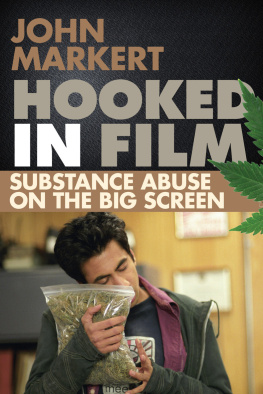


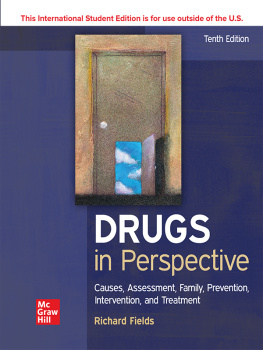

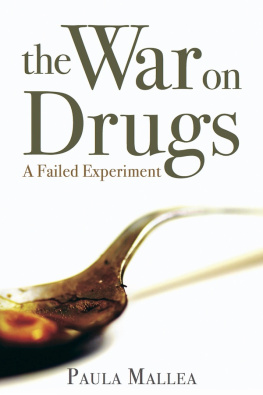
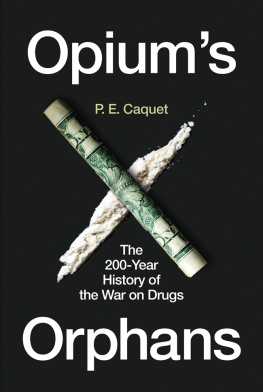
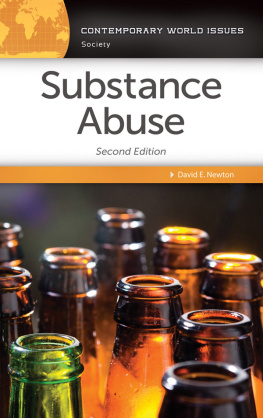
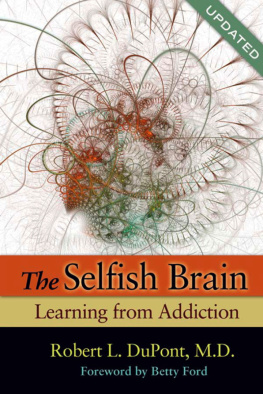

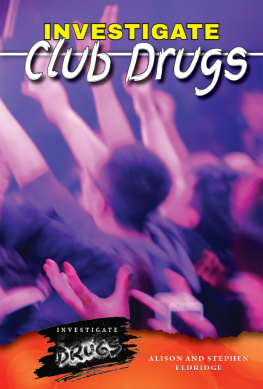

 The paper used in this publication meets the minimum requirements of American National Standard for Information SciencesPermanence of Paper for Printed Library Materials, ANSI/NISO Z39.48-1992. Printed in the United States of America.
The paper used in this publication meets the minimum requirements of American National Standard for Information SciencesPermanence of Paper for Printed Library Materials, ANSI/NISO Z39.48-1992. Printed in the United States of America.